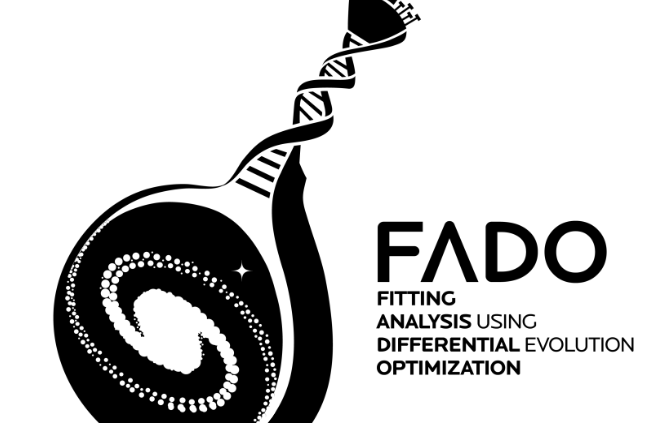Coordination:
Polychronis Papaderos
Scope:
Understanding the formation and evolution of galaxies is undoubtedly one of the greatest challenges of modern astronomy. Excluding the few systems in our close vicinity whose stellar component can be resolved and studied through color-magnitude diagrams, the star formation history (SFH) of galaxies can only be inferred from spectra, each containing the luminosity-weighted output from millions of stars. Deciphering from an observed spectrum of the mass, age and metallicity of individual stellar populations, is the objective of spectral synthesis – one of the most technically challenging yet fundamental tools of extragalactic research.
This technique comes in two flavors, evolutionary and population synthesis, differing in the way they explore the SFH of galaxies. Evolutionary synthesis models search among a set of simple parametrizations to the galaxy SFH for the one that yields the best disadvantage of being tied to simple, empirically founded assumptions on the SFH.
Population synthesis, on the other hand, approaches the question of galaxy evolution through the decomposition of a galaxy spectrum into its main constituent stellar populations. These are selected from a library of stellar spectra or simple stellar populations (SSPs), i.e. stellar populations forming instantaneously and being fully characterized by their age, chemical composition and initial mass function (IMF). the best-fitting set of SSPs, referred to as population vector, yields an approximation to the true SFH of a galaxy. An obvious advantage of population synthesis over evolutionary synthesis is that no implicit assumptions need to be made on the SFH.
With the availability of high-quality data for galaxies out to z~1, most notably the Sloan Digital Sky survey (SDSS). a prolific era in spectral synthesis has commenced; relations between galaxy morphology, stellar mass (M*), specific star formation rate (sSFR), gas-phase and stellar metallicity (Zg and Z*, respectively), luminosity- and mass-weighted stellar age (t*L and t*M, respectively) could be studied, and key insights related to e.g. galaxy downsizing and bimodality have emerged.
However, despite conceptual and numerical improvements over the past four decades, state-of-the-art SPs models suffer from two major deficiencies that inhibit further advances in our understanding og galaxy evolution, as they introduce substantial and systematic errors in determinations of the mass assembly history of galaxies: a) the degeneracy of the best-fitting population vectors and b) the neglect of nebular emission.
The goal of this project is to achieve a breakthrough in our understanding of the formation and evolution of galaxies using a conceptually novel SPS code, developed by us – FADO. The code will break new grounds in spectral synthesis and provide sharp new insights into the assembly history galaxies out to z~1.3.
FADO will permit key improvements with respect to the quality and uniqueness of fits, increases computational efficiency by up to an order of magnitude, and will enable a wealth of interdisciplinary applications. Moreover, FADO will provide a timely response to the challenges and opportunities emerging with next-generation integral field unit (IFU) spectrographs (in particular, MUSE at ESO/VLT) and offer a superb, publicity available tool for the exploration of the formation history of galaxies in a spatially resolved manner.
A number of parallel work packages in the proposed project will explore: i) the role of intrinsic properties (e.g. stellar mass) on the SFH of galaxies, ii) the formation history of pseudo-bulges and iii) galactic disks, and iv) the stellar mass fraction formed in starbursts and the Lyman continuum leakage fraction from starburst galaxies.
Whereas the SDSS will be the primary data set for this project, we will also use IFU data for nearby galaxies from the CALIFA Survey to investigate in better detail the questions under i.-iii.

